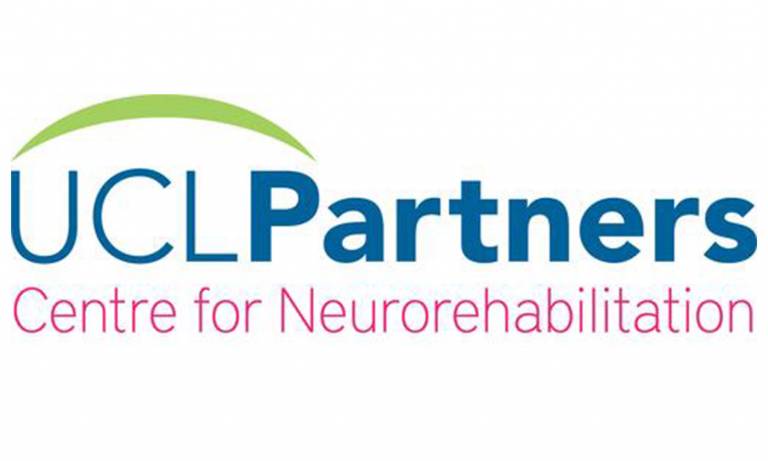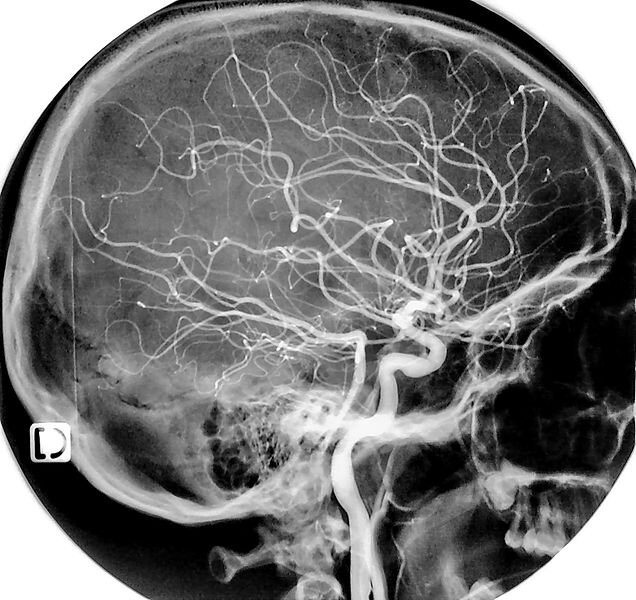Your doctor is responsible for getting you recovered enough to do these exercises.
The Best Exercises for Brain Health, According to a Neuroscientist

Getty Images / jacoblund
An estimated 40% of people ages 65 and older experience some degree of age-related cognitive decline. In the U.S. alone, that equates to approximately 21 million people. Whether you are over 65 and concerned about age-related memory loss or are simply looking to implement measures to improve cognition, research overwhelmingly shows that exercise is one of the most important daily habits to include to prevent cognitive decline.
Here neuroscientist Ebony Glover, Ph.D., weighs in on why daily exercise may be the most important thing we can do to reduce age-related cognitive decline and improve brain function. We also take a deeper look into how exercise impacts the brain, which types of exercise to include and how much exercise we should be getting for the greatest brain-health boost.
How Exercise Improves Brain Health
We often think of exercise as something that we should do purely for our physical health and to improve our heart, muscles or bones. However, as scientists continue to learn more about the ways that exercise benefits the body, they've also uncovered overwhelming evidence that it is essential to maintain the health of the brain.
Glover explains that physical exercise can lead to improvements in cognition not only by protecting the brain, but also through a process called neurogenesis, where new neurons are formed in the brain. "Physical activity appears to lead to neurogenesis, neuroprotection and cognitive improvements, primarily through the production of chemicals called neurotrophins."
Neurotrophins are proteins that act as growth factors within our central and peripheral nervous systems to regulate cell maintenance and function. In addition to the role neurotrophins play in brain cell maintenance, Glover shares that they are also important in promoting new cell growth in the brain: "Neurotrophins are critical for the development and maintenance of new brain cells. Exercise can generate and protect new neurons, and increase the volume of brain structures, leading to overall improved cognition and health in general."
For those looking for ways to prevent or reverse age-related cognitive decline, these findings are especially exciting. Glover explains that the volume of the brain naturally decreases with age, due to the reduction in the size of individual brain cells and a decrease in the number of connections between them. These reductions lead to subtle declines in cognitive function over time.
Exercise combats this process by boosting the production of neurotrophins to help fortify brain cell structure and signaling capacity. Glover says, "The rate of age-related cognitive decline and its severity depends on a range of factors, including a person's lifestyle choices. Maintaining an active lifestyle and engaging in certain activities during one's life may help prevent age-associated cognitive decline."
The Best Exercises for Brain Health
Variety seems to be key when building an exercise regimen to reduce cognitive decline. Glover says, "The majority of studies have shown positive effects of both aerobic exercise and resistance training, either separately or combined, on cognitive performance."
In a 2017 review, researchers looked at a number of studies on exercise and cognition in order to try to determine which methods create the greatest benefit. They found that both aerobic exercise and resistance training are important. Aerobic exercise was shown to improve cognitive ability, while resistance training was most effective on enhancing executive function, memory and working memory. All this to say, getting a good mix of different activity is the way to go.
Glover suggests that individualization is key in order to accommodate individuals at different stages along their wellness journey. "Any type of physical activity that promotes balance, coordination, agility and flexibility would be beneficial, especially when done consistently over time," she says.
Glover says that the most important thing is to maintain a steady exercise routine that includes both aerobic and resistance activities: "The science shows that if this is done over the course of at least six months to a year, there should be noticeable improvements in brain health and overall cognitive functioning in all adults, but especially in older adults."
How Much Exercise Do You Need to Improve Brain Health?
To achieve the cognitive benefits of exercise, it may be helpful to think of your workouts like you might think about your diet: get a good mix of the right ingredients each day to be able to sustain long-term health benefits. The same is true for exercise.
Glover recommends that we think of exercise in portions. "A long-term exercise regimen will work best when portioned out in the right amount on a weekly basis."
The American College of Sports Medicine recommends a minimum of 150 minutes of moderate aerobic exercise per week, but you may not need that much to reap some benefits. Glover says, "Doing intermittent aerobic exercise at any intensity for 6 to 10 minutes a day could also make a big difference over time. The ACSM also recommends that older adults do some form of resistance exercise at least twice a week. The goal is to target major muscle groups in the upper and lower body, starting with lower resistance levels and adjusting to higher levels over time to promote strengthening and endurance."
When considering resistance training, many people think only of weights or dumbbells. While there is value in lifting weight to build muscle, resistance can mean any type of resistance (think: body-weight exercises such as pushups, pullups, squats, planks or using resistance bands). It is also important to remember that intensity is individualized to each person. What is considered vigorous intensity for one person may be moderate or mild intensity for another and vice versa.
One way to determine exercise intensity that is individualized for you, is to use a tool called the Rate of Perceived Exertion. To determine your RPE, simply rate on a scale of 1 to 10, with 1 being the lowest and 10 being the highest, how intense the exercise or activity feels to you.
For example, an activity like sitting on the sofa and watching TV might get an RPE of 1. Sprinting as fast as you possibly can might get an RPE of 10. Most exercise activities will fall somewhere in between these two extremes. Being mindful of where your RPE is during exercise will help you adjust your intensity to the appropriate level.
The phrase, "brisk is better for the brain," is an easy way to remember the basic intensity you need to feel to improve brain health. Use your RPE to adjust your intensity toward the range of moderate to vigorous or "brisk" to achieve the best results.
An Exercise Plan for Brain Health
There are many ways to ensure that you are getting a good mix of aerobic exercise and resistance training to meet the minimum 150-minute per week recommendation from the ACSM. This is a sample weekly schedule:
2 days per week of moderate- to vigorous-intensity cardiovascular exercise (think: 20-30 minutes of walking, jogging, biking, rowing, elliptical, swimming, etc.)
2 days per week of resistance training (think: 20-30 minutes of lifting weights, body-weight exercises or an at-home workout)
2 days per week of moderate-intensity cardiovascular exercise (20-30 minutes)
1 day per week of rest, including deep breathing exercises
To accommodate your individual needs, simply adjust the schedule as needed; modifying the days of the week to plan for your favorite class or to give yourself rest when you need it.
Why Consistency Is Key
While research shows that as little as 10 minutes of exercise can have a positive impact on brain function, long-term cognitive improvements are seen when consistent exercise is continued over time.
Glover shares that the key is to be consistent with any program you implement. "At least 6 to 12 months of exercise is necessary to detect changes in cognitive functioning. While changes in the brain have been observed after shorter durations of exercise, these changes don't necessarily translate to improved cognitive functioning right away. It takes consistency over time."
It's always a good idea to consult your medical professional before beginning any new exercise plan, especially if you're currently managing a chronic health condition. So make a plan to have that discussion, then start building up your activity levels over time.



![author['full_name']](https://clf1.medpagetoday.com/media/images/author/nicoleLou_188.jpg)

